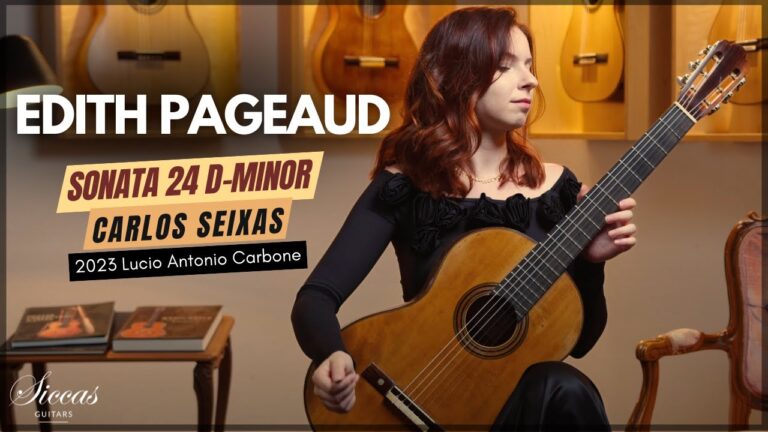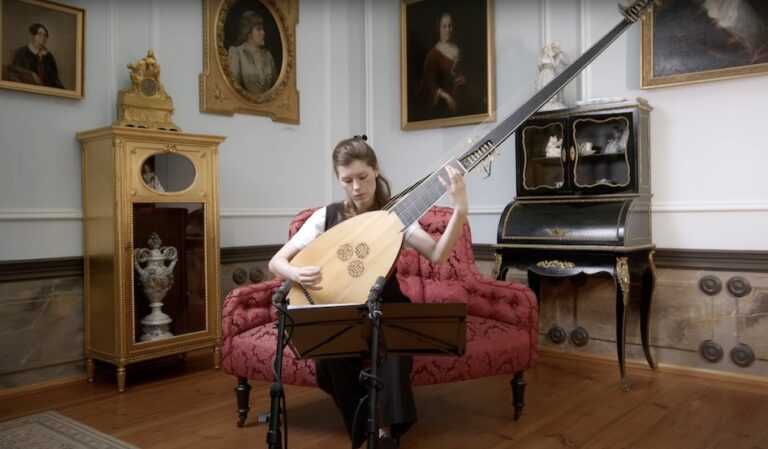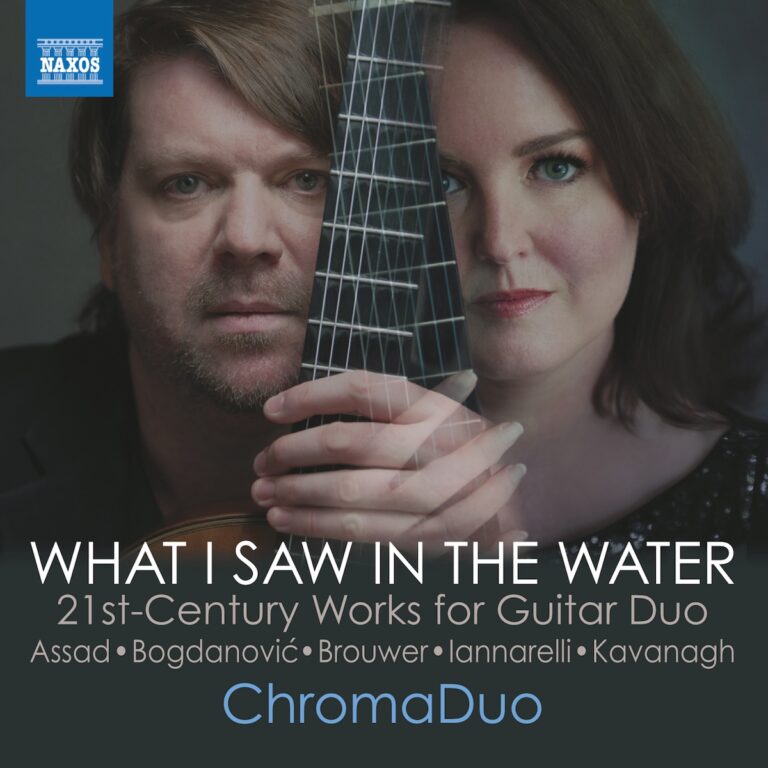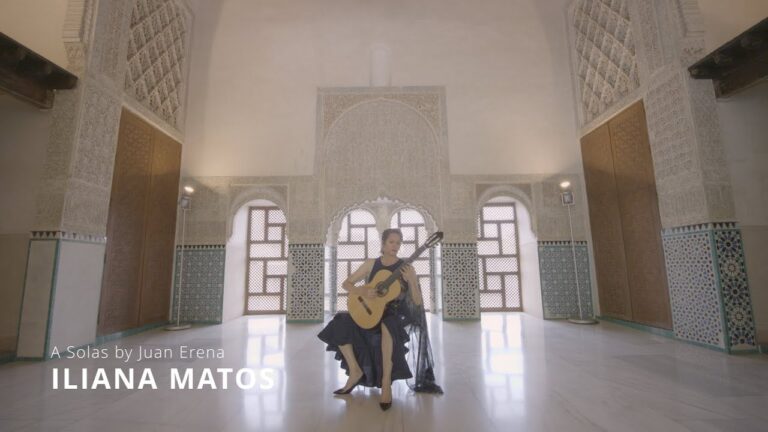Iva Kosić performs Danza from Tre Preludi mediterranei, Op. 176 (1955) by Mario Castelnuovo-Tedesco (1895–1968). This comes via Siccas Guitars and their YouTube channel. Great performance with excellent dynamic range and phrasing. I love these Tre Preludi mediterranei by Tedesco which come just a few years before his 24 caprichos de Goya, Op. 195 (1961). Below is a short write-up about the work via the album notes by Graham Wade on Bokyung Byun’s Naxos album:
Tre preludi mediterranei, Op. 176 was written in 1955 in memory of his friend Renato Bellenghi, not long after the composer had visited Florence in the summer of 1954. The preludes, originally revised and edited by the German guitarist Siegfried Behrend, are substantial virtuosic compositions with various unusual features.
Serenatella (‘Little Serenade’), marked Allegretto, opens with a gently harmonised, lively theme which leads to passages of Castelnuovo-Tedesco’s favourite three-part chords played over a complementary bass line. This preliminary section leads on to a lively Scherzando with similarly voiced chords before a return of the opening theme. The work progresses to a dolce climactic statement.
Nenia can be defined as a poetic composition written in praise of a deceased person. Beginning in the unusual key (for guitar) of E flat, the work is marked dolce e languido (‘sweet and languid’). It presents a kind of rhapsody in 5/4 time, structured with gentle triplets played freely with much rubato before moving on a tempo, occasionally changing the time signature to 4/4. Soon another mood enters, marked as ‘a little agitated’ but also ‘expressive and lamenting’. A final section marked dolce (and later dolcissimo) advances towards a very calm conclusion.
The third prelude, Danza, is a virtuosic movement of rapidly alternating treble two-note chords and bass notes leading onto cadenza-like episodes of grand chords and stirring rhythms before the return of the opening textures. An andantino episode, marked ‘languid and a little melancholic’, reverts to a meditative mood before the restatement of the wild dance rhythms progresses to a fortissimo climax of chords in the higher register.




